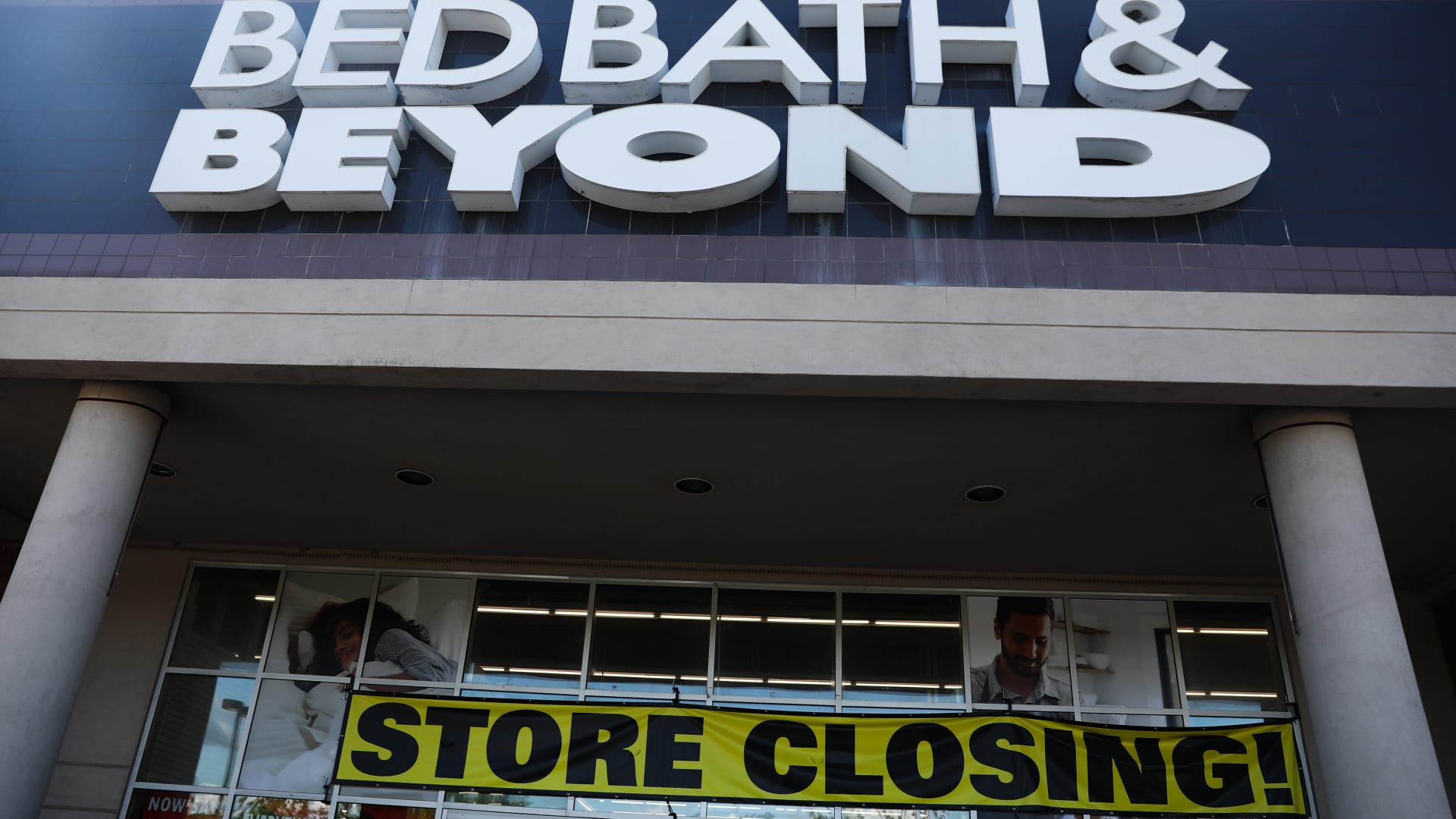The Federal Reserve Board Chairman, Jerome Powell, recently stated that the Federal Reserve intends to continue raising interest rates in order to combat inflation. This could potentially result in a rise in corporate default rates in the near future.
In May, the corporate default rate increased, indicating that U.S. companies are struggling with higher interest rates. These rates make it more expensive for companies to refinance their debt and they also face economic uncertainty.
Moody’s Investors Service reports that there have already been 41 defaults in the U.S. and one in Canada this year. This is the highest number of defaults compared to any other region, more than twice the amount recorded during the same period in 2022.
During the recent Federal Open Market Committee meeting, Chairman Jerome Powell stated that the public can expect further interest rate increases this year. However, the pace of these increases may slow down as progress is made in lowering inflation.
Bankers and analysts believe that high interest rates are the main cause of distress for companies. Businesses in need of more liquidity or those with significant existing debt burdens face high costs when seeking new debt.
Options for such companies often include distressed exchanges, where debt is swapped for another form or repurchased. In dire situations, restructuring may occur, either in or out of court.
“Capital is now much more expensive,” stated Mohsin Meghji, founding partner of M3 Partners, a restructuring and advisory firm. “Previously, the average cost of debt financing ranged from 4% to 6% over the past 15 years. Now, debt costs have risen to 9% to 13%.”
Meghji further noted that his firm has been seeing increased activity since the fourth quarter of last year across various industries. While heavily troubled companies have been significantly affected, he predicts that even financially stable companies will struggle to refinance due to high interest rates.
According to S&P Global Market Intelligence, there have been a total of 324 bankruptcy filings this year as of June 22, which is close to the total of 374 filings in 2022. The number of filings through April this year, more than 230, is the highest since 2010.
The logo of Bed Bath & Beyond can be seen on a shop in Williston, Vermont on June 19, 2023.
In May, Envision Healthcare, a provider of emergency medical services, experienced the largest default. The company had over $7 billion in debt when it filed for bankruptcy.
Other notable bankruptcy filings this year include Monitronics International, a home security and alarm company; Silicon Valley Bank, a regional financial institution; Bed Bath & Beyond, a retail chain; and Diamond Sports, a regional sports network owner. These filings have occurred across various industries.
Tero Jänne, co-head of capital transformation and debt advisory at Solomon Partners, explained that in many cases, defaults are a result of ongoing distress that has been building up for months or even quarters before becoming evident. Bankruptcy is the final stage of this distress.
Moody’s projects that the global default rate will increase to 4.6% by the end of this year, exceeding the long-term average of 4.1%. The rate is expected to reach 5% by April 2024 before beginning to decrease.
Mark Hootnick, also co-head of capital transformation and debt advisory at Solomon Partners, believes that more defaults are likely as we have been in an environment of lenient credit where companies that shouldn’t have access to debt markets have been able to borrow without restrictions.
The reasons for these defaults are varied. Companies with large debt burdens like Envision Healthcare have faced additional challenges due to healthcare issues stemming from the pandemic. Bed Bath & Beyond struggled due to its extensive physical store presence while consumers increasingly turned to online shopping. Diamond Sports suffered from the decline in cable TV subscriptions.
“We are aware of the risks that companies currently face, such as weakening economic growth, high interest rates, and high inflation,” said Sharon Ou, vice president and senior credit officer at Moody’s. “Cyclical sectors, such as durable consumer goods, will be particularly affected if people reduce their spending.”
Denial of responsibility! VigourTimes is an automatic aggregator of Global media. In each content, the hyperlink to the primary source is specified. All trademarks belong to their rightful owners, and all materials to their authors. For any complaint, please reach us at – [email protected]. We will take necessary action within 24 hours.


